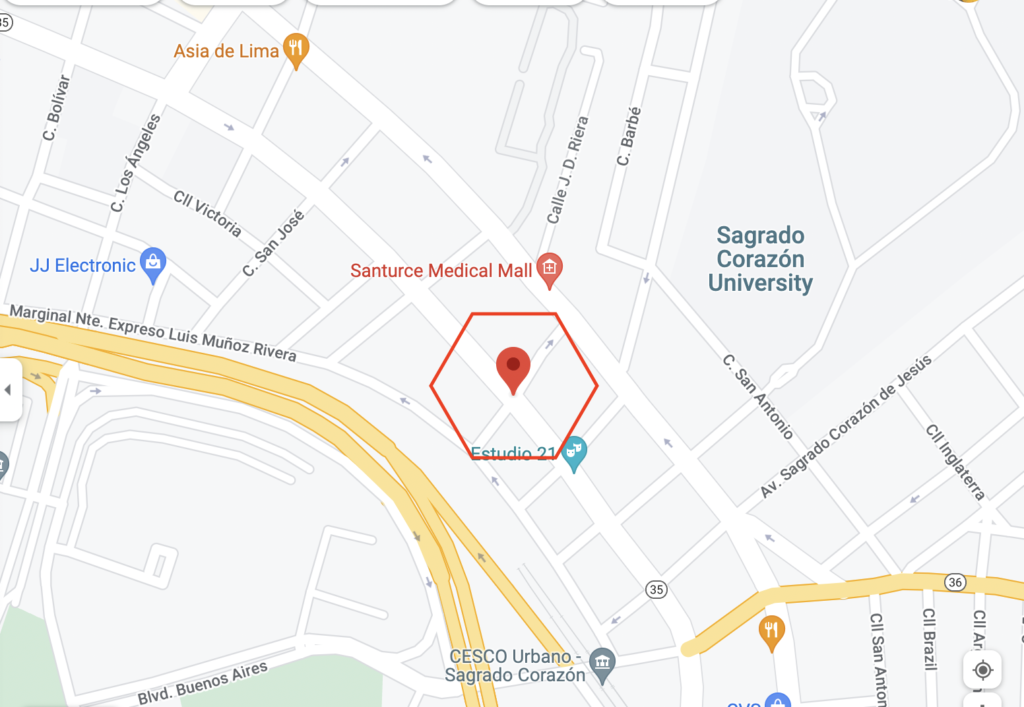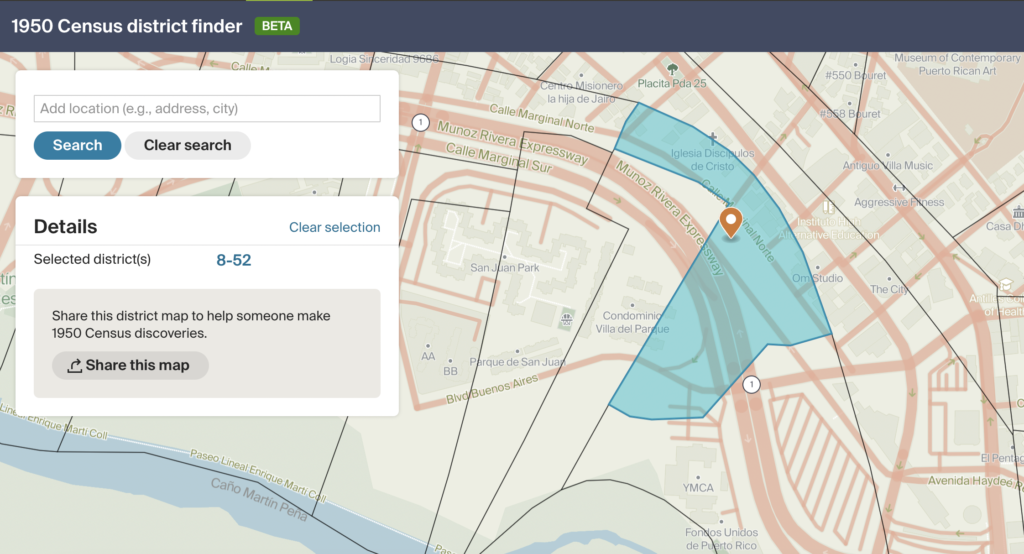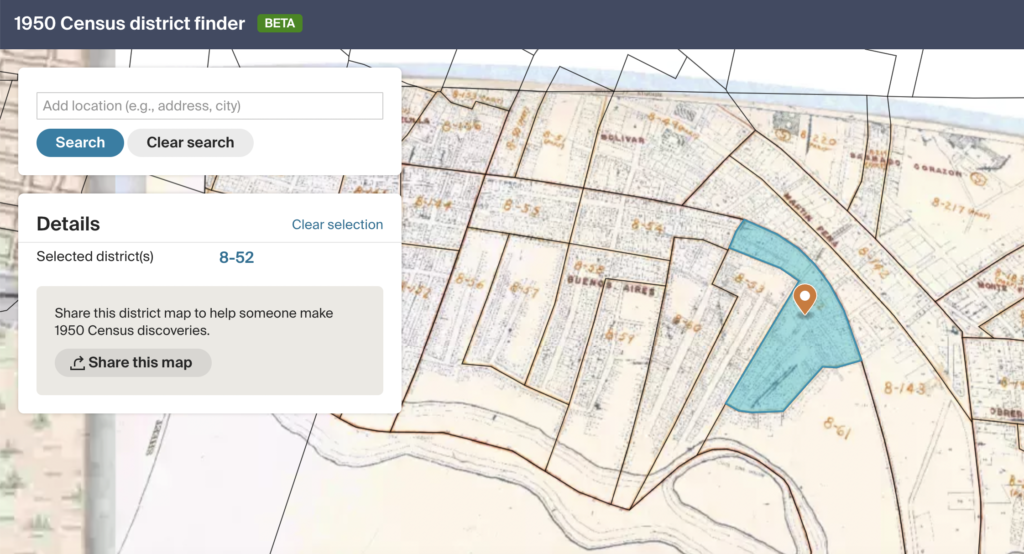The time has finally arrived – April 1st, 2022; the release of the 1950 Census! If this is the first time that you hear about this release, it has been a long time coming. Literally 72 years! The census records recorded every ten years are stored away until the names written on them can be gleamed 72 years after their creation. Granted, though the statistical information of the census records can be used immediately, genealogists can not get their hands on them for finding names given privacy reasonings.
The last release was in 2012 and I remember it well because I was graduating college. 10 years later, at 31 years old (one month shy of 32) I get to see the 1950 Census. For me, this is exciting because it is the first time that all four of my grandparents will appear on the census.
Currently, genealogists and volunteers alike are madly indexing the 1950 Census for easy access in the future. Which means currently the only way to find your family is to use addresses, maps, and enumeration districts to find your loved ones. So in this post I will show how I found my paternal grandmother in San Juan, Puerto Rico and what I learned about her and her family.
Enumeration districts
When a census is conducted, the city is divided into enumeration districts. If you have used any census record in the past, you might (or maybe even might not) have noticed an enumeration district listed usually on the top right corner of the page. This is the first step in identifying where your ancestors are located in a given census. Usually the number looks like “#-##” and the more numbers there are after the dash the more districts there can be.
If your family did not move around much this could be easy, especially if they stayed at the same address. However, given that my family only recently moved to San Juan around the 1940s-1950s, likely my family moved around a bit until they finally settled. I also know this from stories told to me about how my great-grandparents lived in “X” part of San Juan, moved to “Y” part, before finally settling in “Z” part where my parents were raised.
Below, you can see the enumeration district number for my grandmother and her family in 1940. She is listed as living in the barrio Buenos Aires in Santurce, San Juan – Enumeration District 8-37.

Despite being listed in the Buenos Aires sector of Santurce, there is no street name listed for the family on the 1940 Census. Which means that in the 1950 census, I would have to search all of Buenos Aires, and possibly Santurce for them if they moved from that area into another home.
My dad was not born yet and he does not remember what street his mom was living on around that time and given the 10 year gap between the censuses, their address could have changed easily one street over or even one house.
Also, city directories are not readily available for Puerto Rico like how they are for many states in the United States. So I turned to the closest document I had from that time in hopes that I could find a street address to limit my search – my great-grandfather’s death record.
An Address in 1953
In 1953, my great-grandfather passed away while my grandmother was only 13 years old. Usually these records in the Civil Registration list an address for the recently deceased, and so I hoped this would be the case for my great-grandfather in order to find which street they potentially lived on in Santurce.
Félix Vélez Avilés passed away the 31st December 1953 (New Year’s Eve) from Tuberculosis, he was only 48 years old at the time. His brother, José M. Vélez, was the one who came forward to declare his death, which means that it was someone close to the family and likely to be correct information.

In 1953, the family is listed as living on Calle Pedro de Castro #47. If you search this address on Google Maps, you will see that this street is still in the Santurce area right around barrio Buenos Aires, which likely means that in 1940 this is where they were living as well.

Searching the 1950 census

Having this address in hand, I decided to try my luck in the 1950 Census. Since they were in the same area in 1940 and later in 1953, I figured that likely they would be there in 1950. So I jumped on Ancestry to use their enumeration district maps to try and figure out where my Vélez Avilés family was living in 1950.

When looking for a family, pay attention to the street – it is possible that it falls into two enumeration districts which can determine if you are able to find your family listed on the census or not. Calle Pedro de Castro seems to go through this situation because originally when I looked more north of the street, I could not find my grandmother and her parents listed. Ancestry similarly has a feature listing the street with older maps of the area. When you click that option, you can see that enumeration district 8-52 is close to what is listed as Buenos Aires.

Using this information I poked around and luckily 20 pages in out of the 60 in this enumeration district, I was able to find my grandmother!

At the bottom of the page in the 1950 Census for Buenos Aires, Santurce you can see my great-grandfather Félix Vélez Avilés listed with his wife Rosalía Avilés González, two of their children (José A. Vélez Avilés, Carmen M. Vélez Avilés – my grandmother) and an alojada (lodger) Angélica Vélez.
The 1950 Census lists new information for my ancestors not previously listed before. For example, it lists which specific town they were born in which before 1950 would have only said “Puerto Rico”. This is super important for families that moved to the capital like mine because it allows you to trace back to which specific town on the island where they were from. You can see here that Félix Vélez Mercado was from Utuado while Rosalía Avilés González was from Lares – which is true. Both of their children were born in San Juan, which is also true and there is currently a lodger listed who I currently do not know who she is, what’s interesting about her as well is that is only two years old. Since she is listed as a Vélez it is possible that she shares a relation of some sort to Félix.
You can also see that Félix and Rosalía were not married (listed as “UC” – likely standing for unión civil), both listed as “B” (Blanco). Félix was unable to read or write while Rosalía Avilés could, José A. Vélez could, but my grandmother for some reason at nine years old could not. Likely it is because of her education – her highest level was listed as “E2” meaning “elementary – 2nd grade”. Her father also only studied until the 2nd grade while Rosalía and José studied until the 4th grade. The next question interestingly asks if they passed the grade. Félix, José, and Carmen all list it as “no” meaning that somehow they failed out of the grade. Likely, this occurred given the need of family to work their land and also the lack of resources in a family to continue receiving an education. José and Carmen were the only ones to have attended school that year and no one in my family was able to speak English.
For me, all of this information is important. As someone who has graduated high school, college, and completed a master’s program – I am fortunate to have an education which allows me to do what I love and easily secure a career. It has opened doors for me and is something that I want to continue exploring both for myself and my future potential children. It was only two to three generations ago that my family was not able to fully read or write and so I am proud of the opportunities my parents have given me and my siblings to better our lives.
The census goes on to state that my great-grandfather worked as “other” while my great-grandmother was listed as “D” (doméstica) and as a housewife. At the time their jobs were listed as a walking orange seller for the former and servant in a private house for the latter.
A neighbor down the road
While searching for my grandmother I kept scrolling through the pages to see what else I could find (not really expecting to find anyone else). However, I saw the surname “Avilés” listed on the next page and so I decided to stop. Interestingly enough, the person listed was Pedro Avilés González, my great-grandmother’s brother.

I know this is my great-granduncle because I also had his wife, Rosalía Pérez, previously listed on my tree. This means that Pedro Avilés González moved from Lares (where he was living in 1940) to San Juan, Puerto Rico by 1950. I was also able to learn two of their sons’ names: Enrique Avilés Pérez (age three) and José A. Avilés Pérez (age two) both born shortly before the 1950 census. Rosalía’s brother Enrique Pérez Irizarry is also listed as living with the family. Similarly, you can learn about their education level, whether they passed that grade or not, ability to read/write or speak English, and what they worked as (interestingly, no job is listed for Pedro).
Finding more family
I was also able to find my maternal grandmother, but given that she is still currently living, I won’t write about her to protect her privacy. So far I have been able to find both of my grandmothers but neither of my grandfathers. I know that my paternal grandfather was also living in San Juan but not sure if in the same location as the 1940 census. I searched around La Perla where they were living but currently I can not find him. For my maternal grandfather I have two listings for addresses in which he lived around this time, but I can not seem to locate him in said addresses. For these family members I will probably just have to wait until the 1950 Census is indexed for Puerto Rico.
With the index, I know I will be able to learn more about the closer generation of cousins who might still be alive. This will hopefully allow me to find cousins to potentially test or with whom to connect with who might have already tested their DNA. Also, this can be helpful for finding descendants of certain Y-DNA or mtDNA haplogroups lines I might want to learn more about but had no known children.
I’m excited for the 1950 Census to be completely indexed for Puerto Rico and for all the little green leaf hints to appear on my tree!
Cover Photo Source: “1950 Census,” 1950Census (https://1950census.archives.gov/ : accessed 9 April 2022)


My mother was in Pittsburgh, and my father was in Comerio. I also located my two living grandparents at that time.